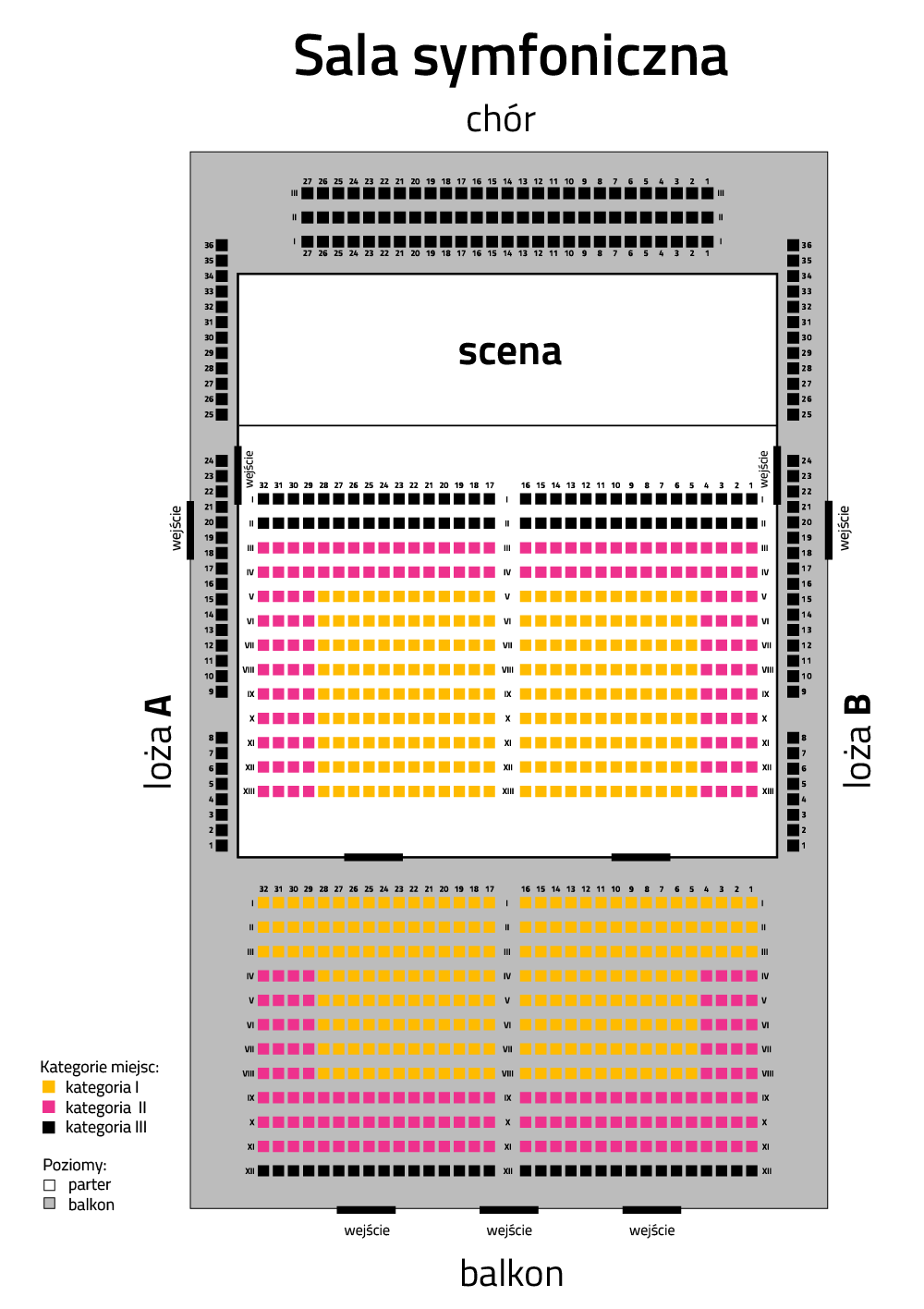How much can happen to a composer’s skills between his first symphony and his last ? Looking at the achievements of Joseph Haydn, the father of this genre who wrote 104 symphonies in 36 years, one can say quite a lot. The history of the symphony development in Haydn's work is a perfect excuse to see how the status and process of the composer's work changed over the course of the artist's life.
First position in the catalog of the Hoboken is occupied by Symphony No. 1 in D major. This piece was created in 1759, when the young 27-year-old composer served at his first employer, Count Morzin in Lower Lukavica. Two years later, Haydn came to the court of the princesses of Esterhaza, with whom he spent nearly 30 years. It was for the prince Nicholas Esterháza, among others, that in the famous Symphony in F sharp minor "Farewell", that the composer demanded respect for himself and other orchestra members' rights, and the possibility of obtaining leave as he was treated more like a servant than an artist. In the "First", as in many early symphonies, there are only three movements, traditionally arranged according to the scheme: fast – slow – fast. The cast of the orchestra is also small – along with the string quintet there are two oboes and two horns, but there are no clarinets yet.
When Haydn wrote the 'London' symphony in 1795, he was a creator completely independent of court influence. Symphony No. 104 is also sometimes referred to as the "Solomon", in honor of Johann Peter Solomon, a violinist and impresario who arranged two trips for the composer to London. This piece belongs to the most mature and refined of Haydn's works in terms of instrumentation. The four-movement symphony with the minuet in the third already uses the full potential of a symphony orchestra with a double cast of woodwind instruments (two flutes, oboes, clarinets, bassoons), as well as two trumpets and a timpani, which open the composition with a monumental fanfare. In the final, Haydn used a Croatian folk melody in the first theme.
Haydn's successor in both compositional and social terms was Wolfgang Amadeus Mozart. He modeled himself on the older creator. Although, paradoxically, he died earlier than Papa Haydn, the musicians knew each other personally. Even though the Bassoon Concerto in B flat major KV 191 was written by just an eighteen-year-old artist, it remains one of the most often performed concertos on this instrument.
Exhibition available during event:
Following the sun | Tomek KopcewiczTo będzie podróż, której drogę wyznaczy geometria halsującego jachtu prowadzonego pod wiatr. Na początku miała ona swą geografię gdzieś między Morzem Śródziemnym a Karaibami, ale w końcu poprowadziła w stronę słońca do świata równoległego. W podróż zabierze Państwa Tomek Kopcewicz w swojej najnowszej wystawie malarstwa Following the sun.
DETAILS
Mozart | Haydn
05-04-2019 19:00

Symphony HallFilharmonia im. Mieczysława Karłowicza w Szczecinie
ul. Małopolska 48
70-515 Szczecin

